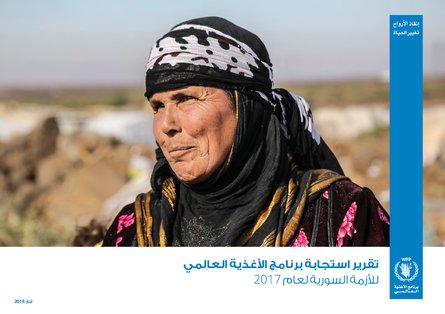
As the Syrian crisis entered its seventh year, WFP continued to provide support to nearly 4 million Syrians every month despite tremendous challenges.
Breakthroughs in access occurred in June when we used a newly opened land corridor linking Aleppo with the north eastern governorate of Al-Hasakeh. This was the first time we were able to deliver food by land in two years since the area became inaccessible in 2015, and also allowed us to phase out a costly airlift operation. Another breakthrough came in September, when WFP was able to reach formerly besieged parts of Deir Ezzor city by land. Over a year and a half, we carried out 309 high-altitude airdrops over the city, delivering vital humanitarian assistance. Land access is always the best option for WFP, allowing us to transport our life-saving food assistance more efficiently via trucks and in a more cost-effective manner.
Acknowledging the different situations across the country where some areas are seeing more stability, WFP in 2017 increasingly focused on a dual approach delivering humanitarian relief where needed, while gradually increasing activities to support people’s livelihoods and resilience to shocks. The longrunning conflict has drastically eroded livelihoods, causing unemployment to reach more than 50 percent – and more than 70 percent for youth and women. To combat this trend, WFP expanded activities to help families rebuild their lives. Projects in beekeeping, kitchen gardens and food processing have benefited more than 100,000 Syrians who struggle to produce or buy enough food. We also rehabilitated 14 damaged bakeries in Aleppo, Homs and Dar’a governorates, helping communities access bread, a staple of the Syrian diet.